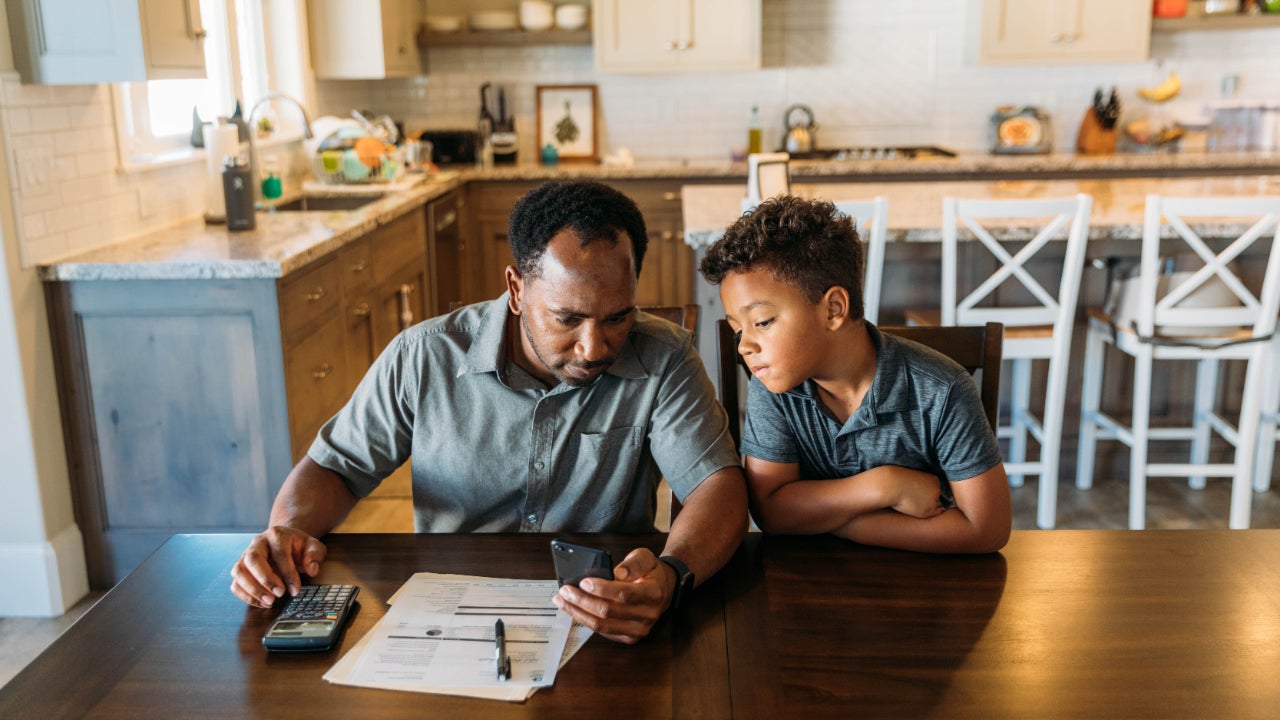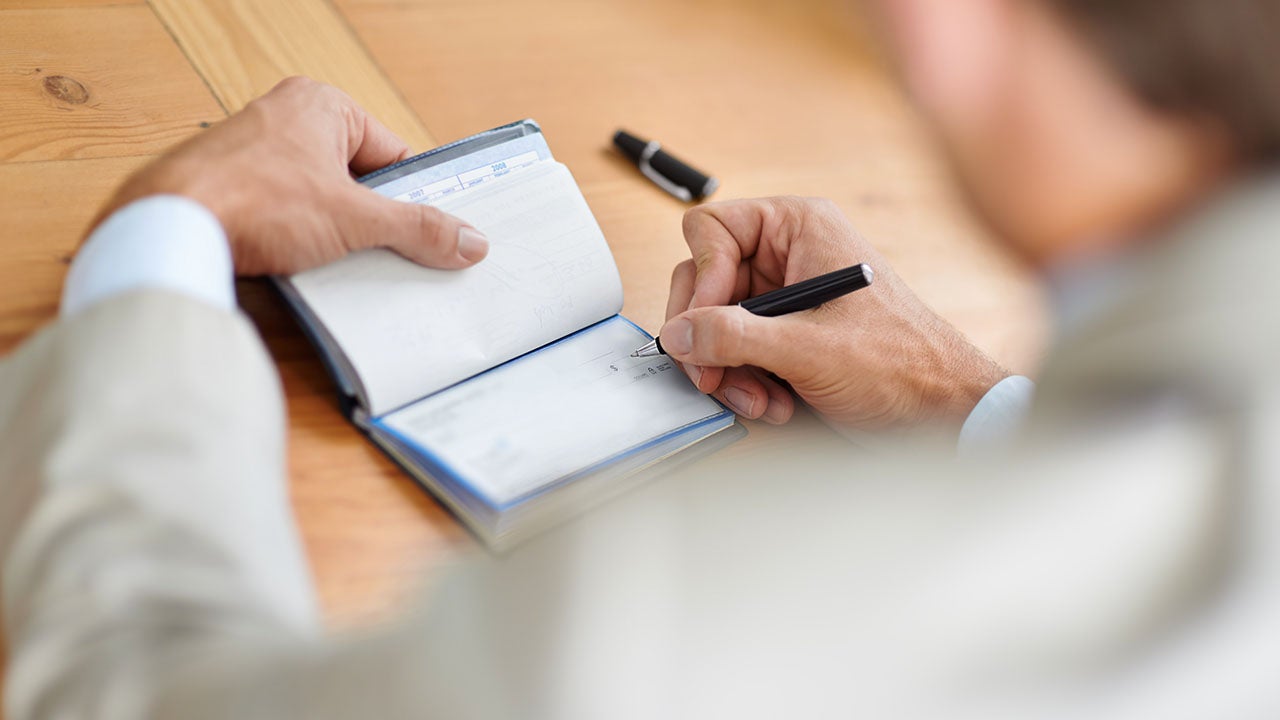Where is the account number on a check?




Key takeaways
- Your account number is a unique set of numbers designed for your individual bank account when you opened it.
- On a check, your account number is the longer set of numbers at the bottom, next to the bank’s routing number — typically nine digits.
- An account number is private and made for your specific bank account while the routing number is the bank’s identification number and is publicly available.
Your account number is found at the bottom of a check. It’s the second set of numbers, between the nine-digit routing number and the check number.

What is the account number on a check?
The account number listed on a check for your checking account is used to identify the unique bank account that the money is coming from.
Without the right account number, paychecks can get delayed or fees may be charged for missing bills due to checks not going through.
Each account has its own account number. So if you have multiple checking accounts (such as a personal and business accounts) they all have unique account numbers. Though a routing number is specific to your bank or credit union, an account number is specific to each account.
Account numbers vary in length but typically only go up to 12 digits.
Other ways to find your account number
- Find your account number on a paper statement: Your account number should be listed on the top if you have a paper bank statement or an electronic (PDF) version of it. Look for “account number,” followed by a series of numbers.
- Find your account number through online banking: Sign into your bank account through the bank’s online portal. The account number may be displayed in the account information or account summary sections, but some banks and credit unions may cloak part of it. If so, there’s likely a prompt that says “show” or “reveal” to display all the digits. Savings accounts don’t usually have checks, but they, too, have an account number.
- Call your bank and ask for your account number: A customer service representative at your bank can provide you with your account number. The representative will likely ask a few security questions to verify your identity before providing the information.
What is the routing number on a check?
Though the bank account number indicates the unique account you use to fund the check, the routing number identifies the bank itself. Routing numbers are required for many types of financial transactions, including check processing and wire transfers.
Like the account number, the routing number can be found at the bottom of a check. It is the first set of numbers, nine digits long, on the left.
A money market account might also offer checks and your account number will be in the same place.
When do you need your account and routing numbers?
You’ll need your account and routing numbers for various banking transactions such as:
- setting up direct deposits
- ordering checks
- performing electronic transfers
- paying bills
- paying taxes
These numbers identify your bank and your individual account, respectively. Always verify these numbers before use to avoid errors in transactions.
Bottom line
At its core, your account number is a unique identifier for your bank account. It’s important because it tells the bank or credit union exactly which account to take money from and which one it belongs in. The account number is needed to enroll in direct deposit and setting up electronic payment services, such as online bill pay.
You may also like




